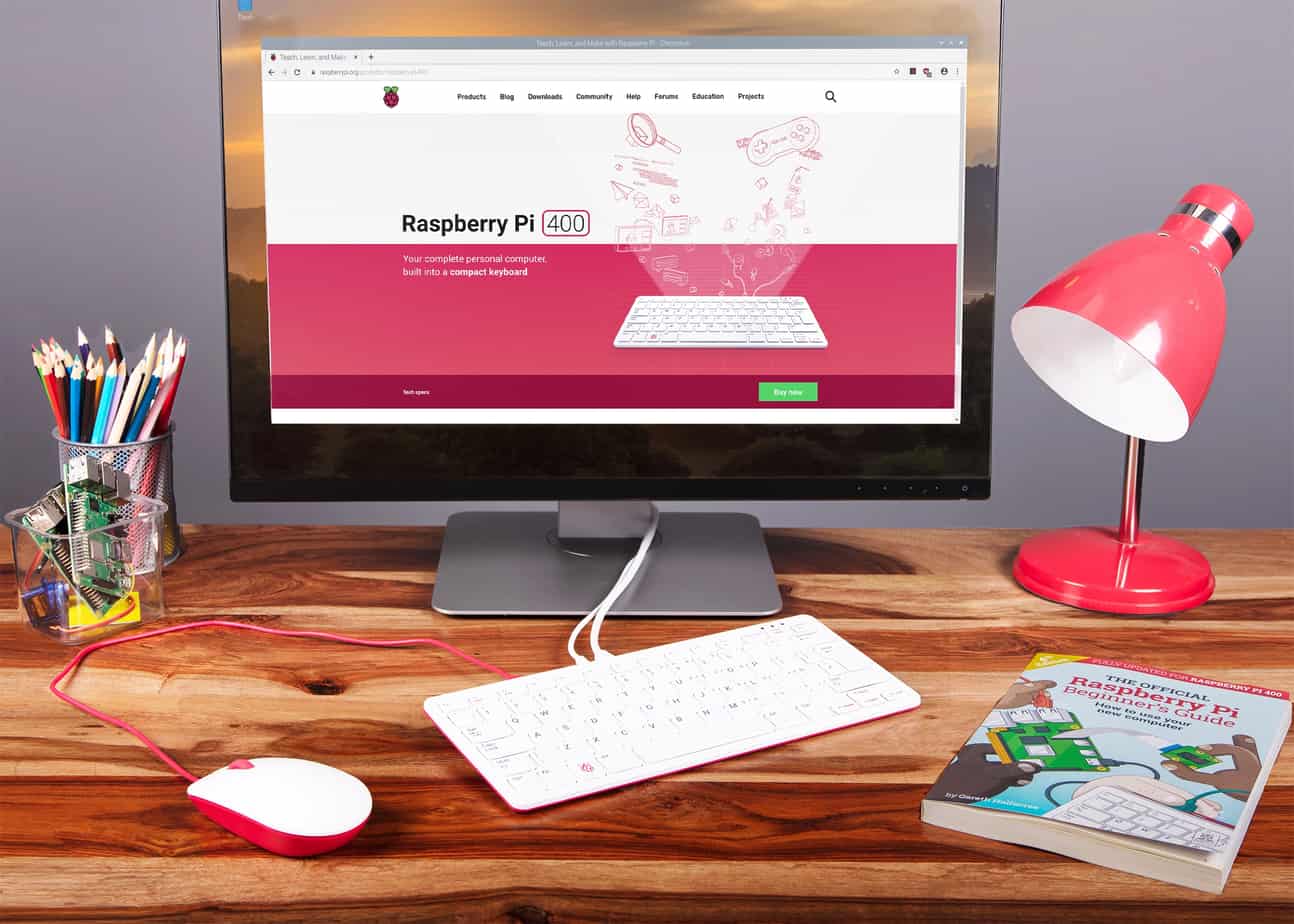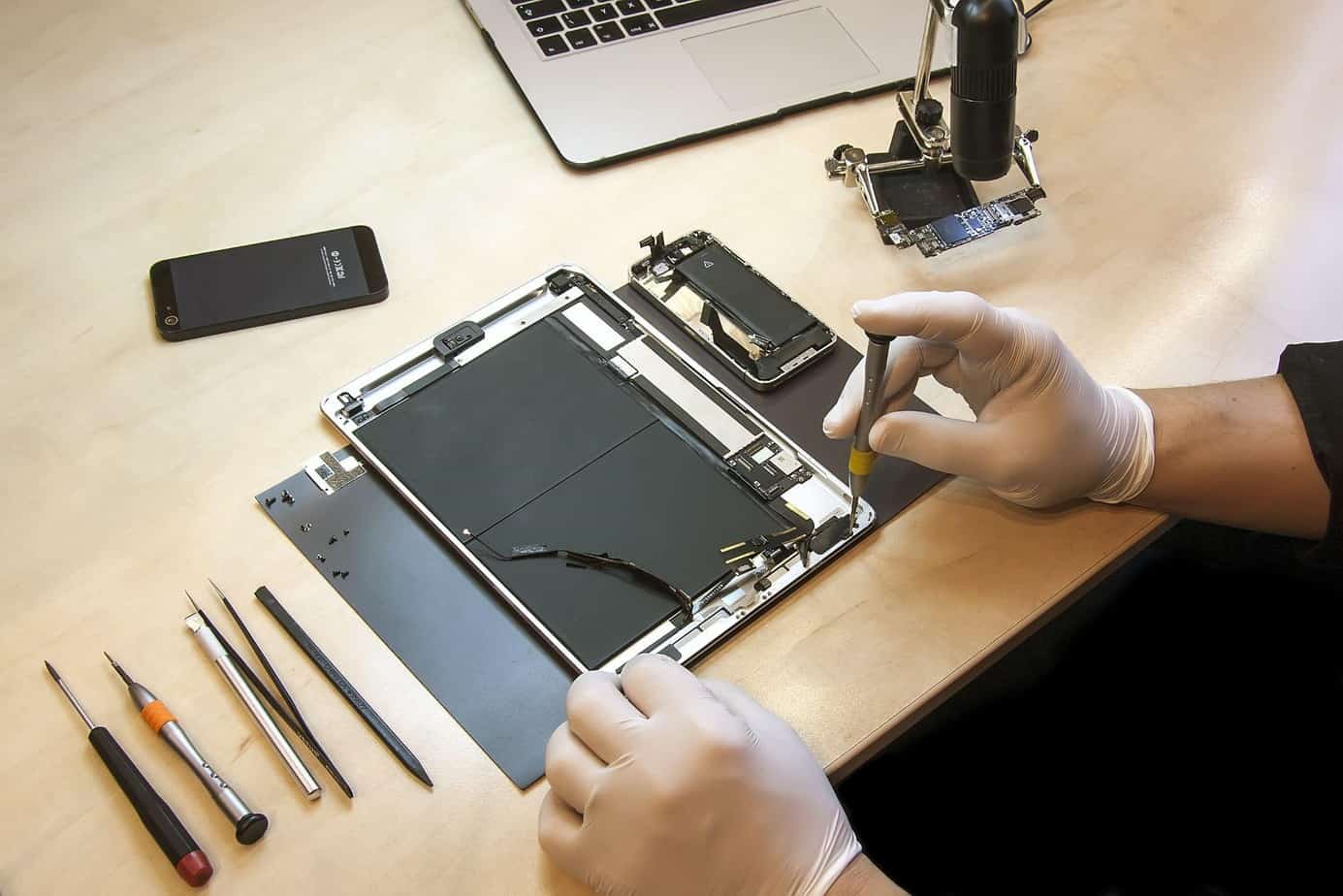
Back in November last year, Raspberry Pi Foundation released their first ever all-in-one PC, the Raspberry Pi 400. The innovative device builds on the charity’s amazing aim of widening access to computing and programming education and technology. But if you’re looking to learn to code, start a hobby, or even build a business, should you choose the 400?
How does the 400 differ to other Pi models?
Raspberry Pi is the third best-selling computer brand in the world, but that means there are lots of models to choose from. What makes the 400 different?
The main difference between it and Raspberry Pi’s other flagship, the 4b, is that the 400 is a completely packaged PC. It comes with a keyboard and mouse, so all a user needs to do is hook it up to a monitor, connect any peripherals they’re working with, such as sensors or robotics, then code and control away. It’s very similar to the much-loved computers of the 80s like the ZX Spectrum and BBC Micro.
The trade-off is that you do need an adapter to access the all-important general-purpose input/output (GPIO) pins, and the unit is a little more expensive than the 4b and earlier models. Also, you can’t simply remove the chipset and package it up as you like, which could be an issue for some users.
Who is the Raspberry Pi 400 for?
The Raspberry Pi 400 makes learning to code even simpler. If you (or your kids) are looking to learn coding, but don’t fancy creating a case or handling raw hardware, it’s a great option.
Built compact, it’s nicely portable and fuss-free, a benefit enhanced by the keyboard case, which keeps your chips safe and secure. This also means it can be cheaper than the 4b due to you not having to source a greater range of parts. As a result, it works perfectly as a standalone coding PC, media centre, or games console.
Despite its size, the Pi 400 has all the tech you’ll find in the 4b (plus an ever-so-slightly faster processor). Thanks to a capable heatsink, it remains a quiet and cool piece of tech that doesn’t cook your hands either – perfect if you find yourself on a roll with your coding. Importantly, comes with a beginner’s guide too, cementing its value in the hands of newbies.
Of course, the 400 won’t be for everyone. If you’re a business offering Pi-based computing services, such as customised in-store displays, you’ll miss out on being able to neatly hide away the hardware within a credit card-sized case. The same issue presents itself for hobbyists wanting to use the Pi to control robots or any other free-standing piece of tech; the case is your keyboard, and you can’t disassemble it easily.
The Raspberry Pi 400 is a fantastic little computer, and a must-buy if you want to learn to code or teach your kids how to. Have you used it? Let us know your thoughts in the comments!




